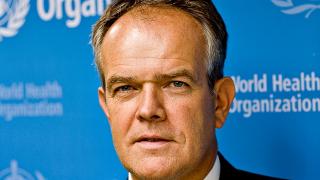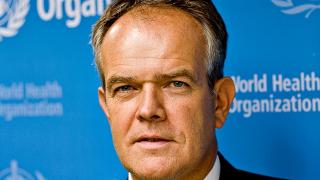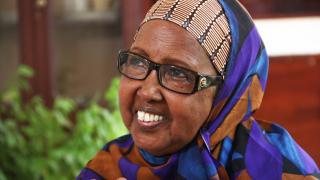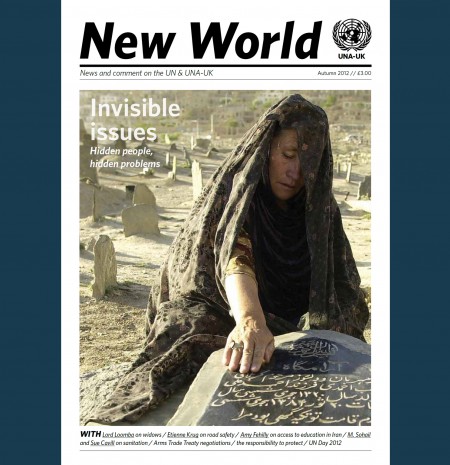
On 11 May 2011, governments, international agencies, civil society organisations and private companies in more than 100 countries marked the start of an initiative which could improve the health and well-being of citizens worldwide.
The first ever Decade of Action for Road Safety 2011–2020 seeks to save millions of lives. Mandated by the UN General Assembly, the Decade is an historic opportunity for countries to stop and reverse current trends, which predict that if no action is taken, road traffic crashes will kill an estimated 1.9 million people annually by the year 2020 – up from the estimated 1.2 million lives lost today.
Globally, road traffic crashes kill nearly 150 people every hour of every day. For people aged 15–29 years, there is nothing more life-threatening; not even HIV/ AIDS, tuberculosis or malaria wreak such havoc. About three quarters of those killed are men. Given that many serve as their family’s sole breadwinner, road traffic crashes can plunge families into poverty, in addition to the emotional devastation they cause.
Yet there are striking differences in road traffic fatality rates across countries. In the Netherlands, for example, the estimated road traffic death rate per 100,000 population is 4.8, while in Argentina it is 13.7; in the Russian Federation 25.2; in South Africa 33.2; and in Eritrea 48.4. In other words, people in countries with the highest fatality rates are roughly 10 times more likely to die in a road traffic crash than those in countries with the lowest rates.
While the road traffic death rate in the UK is relatively low at 5.4 deaths per 100,000 population, in 2011 alone, more than 1,900 people lost their lives on the roads of Great Britain. This stark statistic underlines the fact that there is no country in the world that can consider its work done in terms of road safety.
This loss of life is tragic. It is also unnecessary, because the knowledge exists to prevent road traffic deaths and injuries. In countries such as Australia, France and Sweden, as well as the UK, deaths due to road traffic crashes have declined by more than 50% in the past four decades. The Decade provides a framework to make progress such as this in other countries of the world.
Countries like the UK have an invaluable role to play in terms of giving guidance to governments in those settings where progress is desperately needed, by sharing best practice with policy and programme implementers and supporting the putting in place of the measures that are known to work. In fact, if road safety were part and parcel of international development co-operation, much could be gained during the Decade in countries where the burden of road traffic deaths and injuries is highest.
The Decade’s Global Plan outlines steps towards doing so by improving the safety of roads and vehicles, enhancing emergency services, and building up road safety management more generally. It also calls for increased legislation and enforcement on using helmets, seatbelts and child restraints, as well as avoiding drink-driving and speeding.
 The 2009 World Health Organisation “Global status report on road safety” highlights the fact that, in 2007, only 15% of countries had comprehensive laws that address all of these key behavioural risks. One of the Decade’s stated targets is to raise that figure to 50% of countries by 2020.
The 2009 World Health Organisation “Global status report on road safety” highlights the fact that, in 2007, only 15% of countries had comprehensive laws that address all of these key behavioural risks. One of the Decade’s stated targets is to raise that figure to 50% of countries by 2020.
While this would be an enormous achievement, having such optimal legislation in place is only a first step. This legislation needs to be accompanied by strict enforcement, brought to >the attention of the public through mass media campaigns, and backed by statements of strong political will from the highest levels of government. The results of these actions are what leads to the creation of a culture of safety and ultimately saves lives.
If all countries implement the Global Plan, five million lives could be saved and 50m injuries averted across the 10-year period. Safer mobility will also yield other benefits to health. An increase in the use of public transport will lead to cleaner air in our cities. When provision is made for pedestrians and cyclists to move about safely, people will be more inclined to walk and cycle, therefore contributing to reductions in chronic disease.
We must take the opportunity of this Decade to honour those who have lost their lives on the world’s roads by acting to spare the lives of others.
Dr Etienne Krug is Director of the Department of Violence and Injury Prevention and Disability at the World Health Organisation. He oversaw preparations for the launch of the Decade of Action for Road Safety and chairs the >UN Road Safety Collaboration group. For further information about the Decade of >Action for Road Safety 2011–2020, visit www.who.int/roadsafety/decade_of_action
(Photo: Children at Nam Trung Yen School in the Cau Giany District of Hanoi, Vietnam. As part of WHO’s Road Safety in 10 countries project, Vietnam has closed loopholes in existing helmet laws to include the use of standardised, properly fastened helmets for riders of all ages © WHO)
















